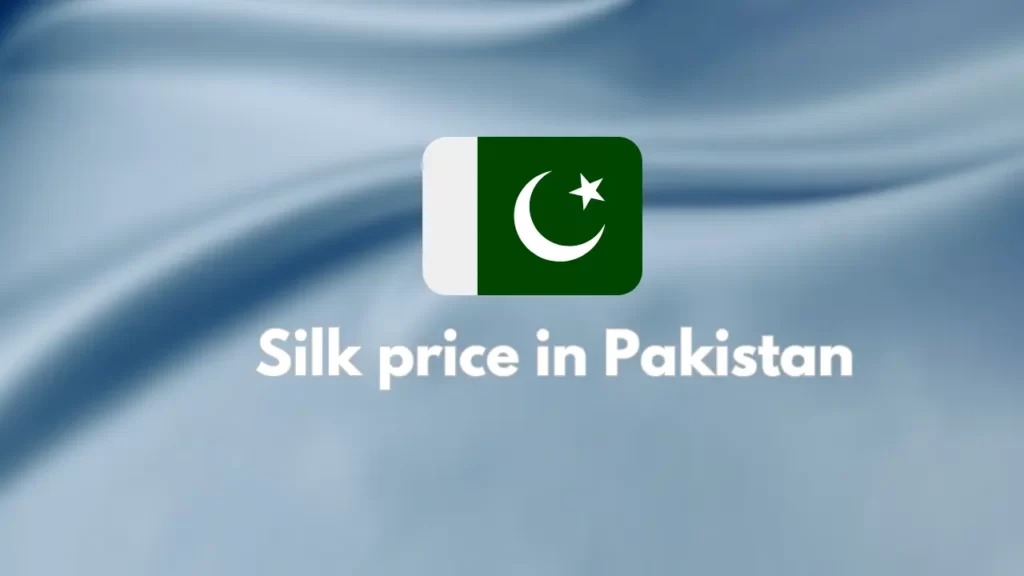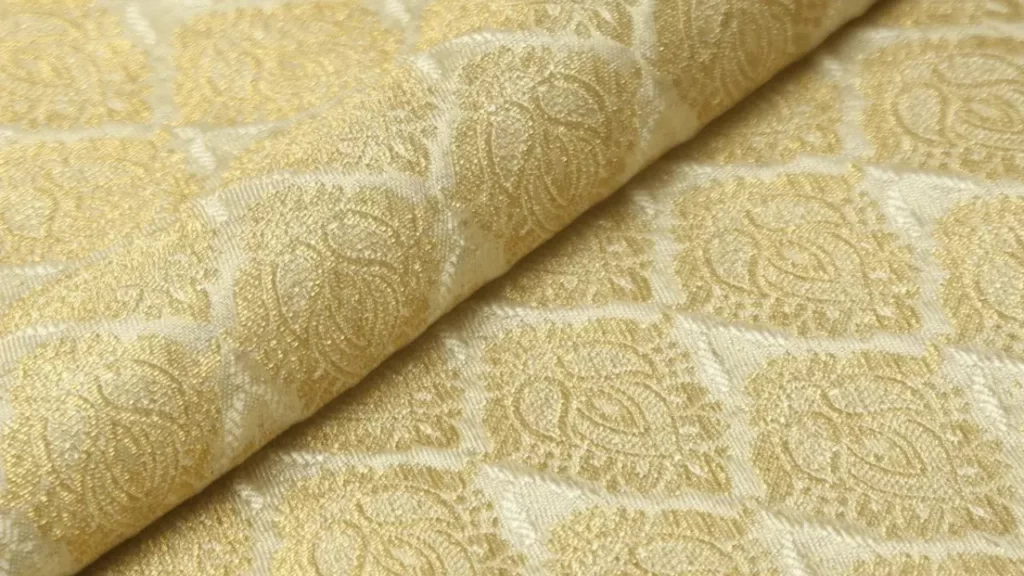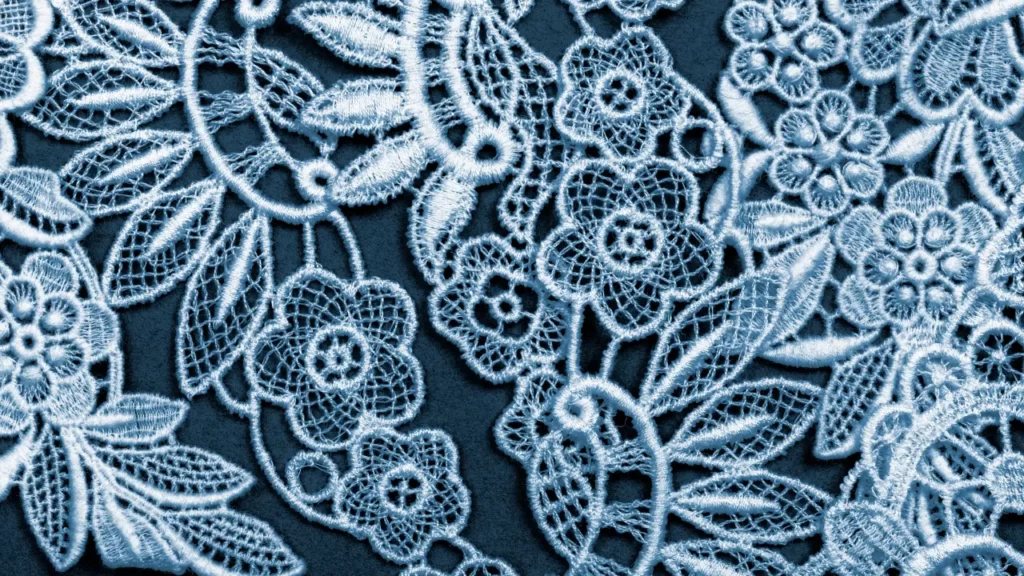Silk, the epitome of luxury and sophistication, has always been a highly sought-after fabric worldwide. Its softness, lustrous sheen, and durability have made it a favorite among fashion-conscious individuals. In Pakistan, silk holds significant cultural and historical importance, and the industry caters to a diverse domestic and international clientele. In this article, we will explore the intricacies of silk in Pakistan, focusing on the various types, prices, and how to find the best deals in the market. Our central keyword is: Silk price in Pakistan. Join us as we unravel the enigma of silk and its pricing in the Pakistani market.
Types of Silk Produced in Pakistan
Contents
Pakistan is home to a diverse range of silk, each with its own unique characteristics and price points. Some of the most popular types of silk produced in the country include:
- Mulberry Silk: The most well-known and widely produced silk, it is made from the cocoons of the mulberry silkworm. It is renowned for its smoothness, shine, and durability.
- Eri Silk: Also known as “ahir” or “endy” silk, this type of silk is made from the cocoons of the eri silkworm. It has a more matte finish and is slightly thicker than mulberry silk.
- Muga Silk: A rare and expensive type of silk, it is known for its golden color and natural shine. It is primarily produced in the Sindh region of Pakistan.
Current Silk Price in Pakistan
Here is a table representing the average price range of various types of silk in Pakistan:
| Type of Silk | Price Range (PKR) |
|---|---|
| Mulberry Silk | 2,500 – 5,500 |
| Eri Silk | 1,800 – 4,000 |
| Muga Silk | 6,500 – 16,000 |
Please note that these prices are approximate and may vary depending on factors such as quality, design, and retailer.
You may also like:
Factors Affecting Silk Price in Pakistan
Several factors contribute to the silk price in Pakistan, including:
- Type of Silk: As mentioned earlier, different types of silk have different price points. Mulberry silk, for instance, is generally more expensive than eri silk due to its superior quality and demand.
- Production Costs: Labor, raw materials, and energy costs all play a role in determining the final price of silk in Pakistan.
- Market Demand: High demand for silk, especially during the wedding and festive seasons, can drive up the prices.
- Import Duties and Taxes: Imported silk is subject to import duties and taxes, which can affect its price in the local market.
Comparing Silk Prices: Local vs. Imported
Pakistani silk is known for its quality and affordability compared to imported silk. While imported silk may offer a wider range of designs and styles, the price difference can be significant. Additionally, supporting local silk producers and artisans can contribute to the growth of the local economy.
How to Get the Best Deals on Silk in Pakistan
To get the best deals on silk in Pakistan, consider the following tips:
- Shop during off-peak seasons when demand is lower, and prices may be more competitive.
- Look for sales, discounts, and promotions offered by various retailers.
- Compare prices across different shops and online platforms to ensure you’re getting the best deal
- Purchase silk directly from local producers or artisans, as they often offer better prices than retailers.
- Consider buying silk fabric in bulk, as this can lead to significant discounts.
- Negotiate with the seller, as bargaining is a common practice in Pakistan and can result in better prices.
Conclusion
Silk is an exquisite fabric that has been cherished for centuries, and Pakistan offers a wide variety of silk options at competitive prices. Whether you’re looking for the luxurious mulberry silk or the more affordable eri silk, you’re sure to find something that suits your needs and budget. By understanding the factors that influence the silk price in Pakistan and following the tips provided to get the best deals, you can enjoy the opulence and elegance of silk without breaking the bank. Happy shopping!



